audio / video
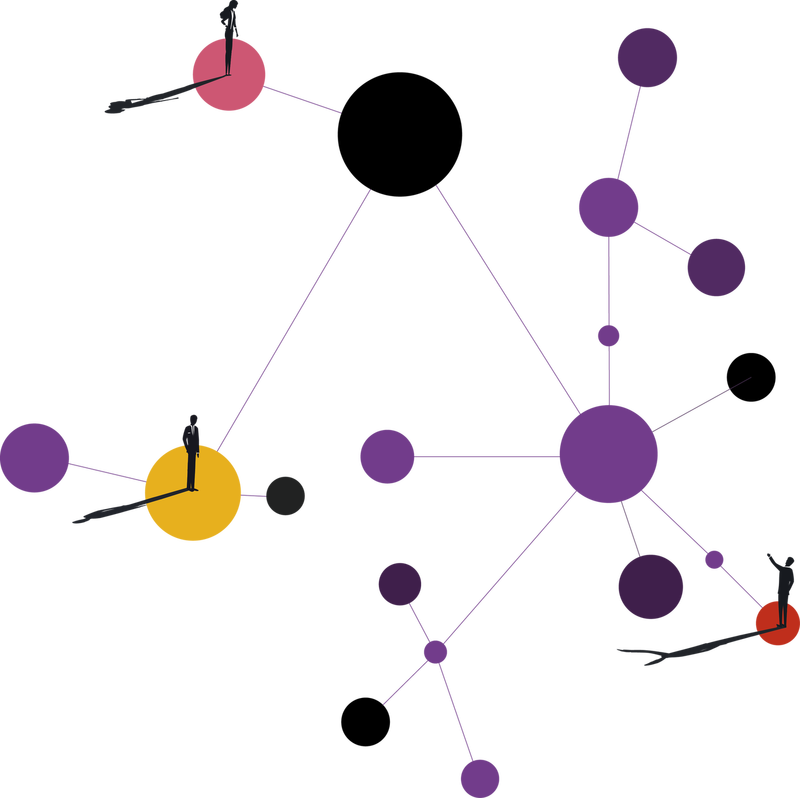
DPG
Network
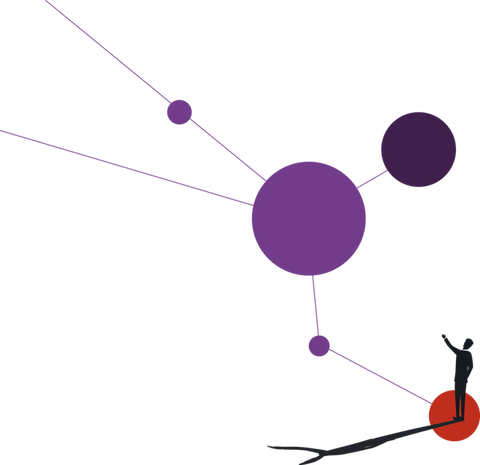
visitors and advertisers both benefit
Thanks to the innovative DPG Network, visitors are presented with targeted advertising, while subscribers get bonus access to other titles. Meanwhile, advertisers benefit from a secure environment and better results compared to big tech.
DPG’s NETWORK IN 4 STEPS
“We don’t want to bother visitors with irrelevant messages”
In recent years, DPG Media has made significant investments in its own independent DPG Network, in which data, subscriber and advertising systems are connected to each other, and with all DPG Media brands. It’s a crucial part of our vision for a digital future, creating a foundation for commercial success in the digital space by providing the best content on the most user-friendly platforms. We talked to the two driving forces behind this project, Stefan Havik and Bert Willemsen, about this giant leap for DPG Media.

Stefan Havik
(39), managing director DPG Network

Bert Willemsen
(43), CMO DPG Media
What will change for visitors to our news websites?
Stefan Havik: “The way things are at the moment, visitors to our news websites see recommendations for other articles, marketing offers, relevant ads based on their behaviour, and something else from Online Services. Now we’re taking the next step.”
Bert Willemsen: “Based on user data, the system is going to make a decision: which of our models or which combination of models are we going to run?”
Stefan Havik: “If we think a user might be interested in getting a subscription, we might remove the ads and Online Services content and instead show more subscription offers.”
Bert Willemsen: “Or, if a visitor has encountered paywalls before and doesn’t appear to be interested in a subscription, they’ll see more ads instead of subscription offers.”
Why is DPG Media putting so much effort into this?
Bert Willemsen: “Currently, visitors often see things that aren’t relevant to them. I myself get really annoyed sometimes if I see the same message over and over again.”
Stefan Havik: “There comes a point where everyone’s fighting for attention, because our websites and apps only have so much space. There’s scarcity and waste at the same time. Moving forward, we’re going to strike a better balance.”
Bert Willemsen:“We can use this technology to improve our offering, because we know what our users are doing. And we can improve our efficiency by reducing waste. Plus, the user gets a more pleasant experience.”
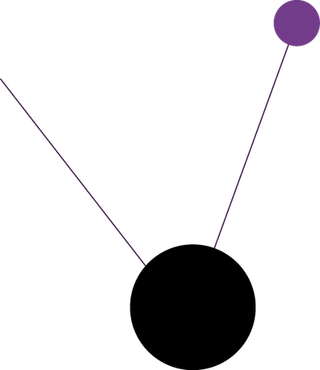
How will visitors benefit?
Bert Willemsen: “They’ll see more relevant content. They won’t get the same ad a thousand times over.”
Stefan Havik: “The studies that have been done on this all tell the same story: people don’t want to be bothered with ads for products they’re not interested in. You need to show relevant ads.”
Bert Willemsen:“There’s the convenience of only having to log in once to get access to the entire network. And people know: this is reliable, I can trust them with my data, this is safe. We’re also giving away all kinds of things for free to get people to log in. Since a short while, we’re able to offer millions of subscribers access to all of DPG Media’s news titles, thanks to the network we’ve built. That’s a huge advantage.”
Why is your data in better hands with DPG Media than with Google and Facebook?
Stefan Havik: “We don’t sell user data to advertisers – it stays with us, in a secure environment. We also explain to users what we do with their data, using simple language. And customers can control their data by adjusting their settings. People are fine with sharing their data if you give them more transparency and control. We have a very high level of consent, almost 100 percent.”
Bert Willemsen:“Reliable brands are the foundation of our business. That’s why we embrace privacy – it very much suits who we are. If we do this right, it’s going to help us. And I do understand the concerns users have: where is my data going to end up? The fact that it stays with us is crucial.”
Will the system also decide which articles visitors get to see?
Stefan Havik: “The more we know, the better we’re able to recommend articles that are relevant to your interests. We do label those articles ‘For you’.”
Bert Willemsen: “Some people fear that personalisation is going to push them into a bubble. So we’re vigilant about that. It’s not just about trust and privacy, but also about our journalistic mission and our role in society. We make it very clear to our customers where on our websites and in our apps we apply personalisation.”
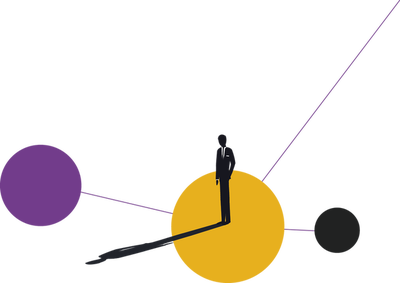
What went into making that possible?
Stefan Havik: “On the technical side, you need data, and you have to make sure you’re able to identify users and that you know something about who they are. That’s a fairly complex process. But the most important question is: do we have the right permissions to put things together? We also need the components that our various business models use, such as advertising and marketing systems, the central DPG Media account and the privacy settings. We’re building almost all of it ourselves, because there are no ready-made solutions for something this complex. There are other publishers who do this kind of thing, but not on the scale we’re able to do it because of the large number of titles we have, and the diversity of our revenue models. But there’s also a cultural aspect to it: we’ve always operated in a fragmented way and now everything needs to come together.”
Bert Willemsen:“The cultural side of it was maybe even more challenging than the technical one. On the technical side, we really benefited from the fact that we have several big platforms that are used by different titles. That makes it scalable.”
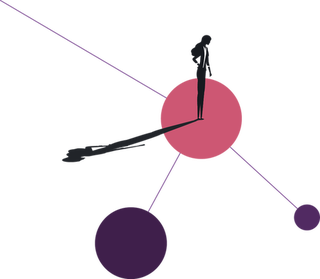
How far away are you from reaching your final goal for DPG Network?
Bert Willemsen:“The technology is developing so fast. If you compare it to a house, we’ve laid the foundation and built a decent home, and now we’re going to keep working on it, adding dormers and what have you, until we end up with a beautiful mansion. But I don’t believe it’s ever going to be finished. New AI technology or new legislation could turn everything upside down.”
You wanted to compete with big tech. How’s that going?
Stefan Havik: “The core of our engineering hasn’t been with Google for some time now. More importantly, we’ve built ad platforms of our own to compete with those of big tech. DPG Datalab has been fully embraced, and for SMEs we have DPG Direct, which is also performing very well. And 2023 will be the year of DPG Demand, making us a true competitor for Google and other tech parties. We’re building a product that’s similar to theirs, the main difference being that with the tech companies up to 40 percent of technology costs go to middlemen. With us, it’s 0. Meanwhile, our ads are more profitable because we know more about the content they appear next to. This has proven to be very advantageous for advertisers.”
DPG Network in 4 steps
1. show visitors relevant information
When might a visitor be open to signing up for a subscription, and what kind of subscription would they be interested in? What kind of ads do they want to see? At the moment, the websites and apps of DPG Media titles still show a lot of irrelevant information. Developers are currently working on a system that shows visitors content that’s most likely to appeal to them. This requires connecting the data and ICT systems of marketing and ad sales with each other, and with the apps and sites visitors see.
dpg network in 4 steps
2. THE USER PROFILE IS ESSENTIAL, SO THE CUSTOMER
HAS TO BE ABLE TO TRUST DPG MEDIA
To better serve customers and advertisers, it helps DPG Media to learn more about its visitors. Obviously, the visitors themselves have an important say in this It’s essential that they are confident in how we handle their data. DPG Media stores user data securely, doesn’t sell it to third parties and gives visitors control over their information.
DPG Network in 4 steps
3. BONUS FOR SUBSCRIBERS:
OTHER MEDIA ARE INCLUDED IN THEIR SUBSCRIPTION
Creating a user profile only makes sense if you know who you’re dealing with. That’s why DPG Media wants 50 percent of visitors to be logged in by the end of 2023. Recently, millions of subscribers (digital premium, Saturday or full subscription) were given extra incentive to do this: by logging in, they get access to all of DPG Media’s news websites and apps. This was made possible by creating one single login system for all news titles.
DPG Network in 4 steps
4. ADVERTISERS GET A BETTER ENVIRONMENT, INCREASE THEIR REACH AND HAVE ACCESS TO MORE EFFECTIVE TOOLS
By launching its own ad network, DPG Media is going toe to toe with big tech giants, like Google and Meta. The benefit for advertisers is that they know that they’re advertising in an environment that’s known for quality journalism. In addition, DPG Media has developed self-service tools and a data lab to give advertisers the same level of convenience they get from major social media companies.